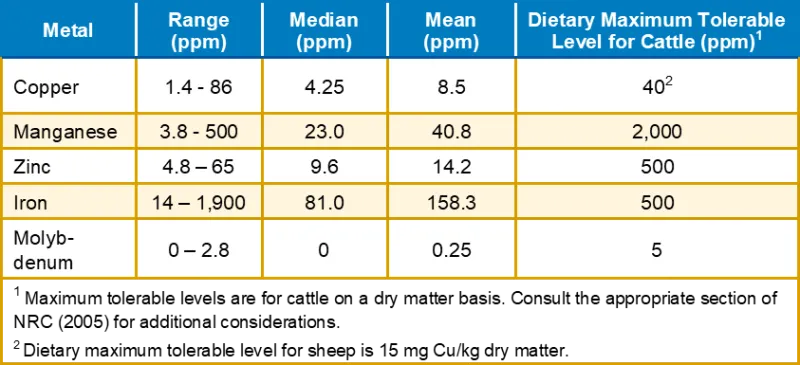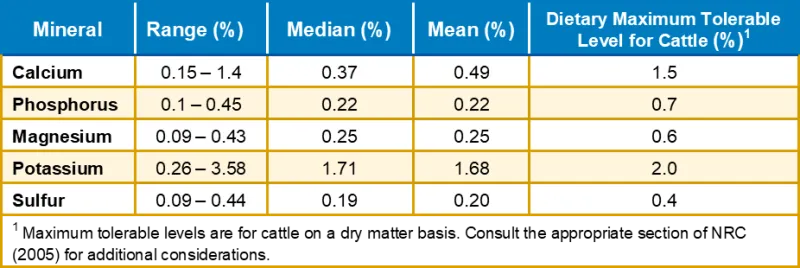Wildfire Information & Recovery Resources
Listed below you will find local research on wildfire information and recovery resources available to you.
Impacts of ash and smoke on produce safety:
In 2018, the UC Master Gardeners-Sonoma partnered with a UC Davis School of Veterinary Medicine team who was doing a research study on backyard chicken eggs post-fire. Please feel free to share the report and findings on this research with your communities. Here's a link to the web page: http://cesonoma.ucanr.edu/Disaster_Resources/Fire/Crop_Resources/Produce_Safety_after_Urban_Wildfire/.
Post-Fire Soil Safety:
In this free virtual webinar, learn from scientists who have studied urban wildfires in California, including: what questions to ask, how to improve soil health and make informed decisions about food safety, which agencies might have helpful information, and what remains unknown in this burgeoning field of study.
Saturday, Oct 17, 2020, 9:30 am - 11:30 am PST
RSVP: ucanr.edu/postfiresoilsafety
Survey of Wildfire Ash Impacts Video
Local Research
The Impacts of Wildfire Ash on Forage Crops for Livestock
For the full pdf version of this Fact Sheet, please click here:
Fact sheet- Wildfire Ash and Forage Crops FINAL (002)
The Problem
The impacts of wildfire ash deposition on crops grazed or harvested for livestock feed were largely unknown, especially relative to burned structures containing unknown levels of contaminants from household products, vehicles, businesses and residential chemicals. Notable fires during the sampling period were the Carr, Mendocino Complex, and Camp Fires in Northern California.

The Study
During the fire season of 2018, we sampled:
- 26 irrigated pastures
- 20 hay stacks
- 15 corn silage piles
from locations throughout California, either affected or not affected by wildfire ash. All samples were analyzed for:

A subset of 37 samples were analyzed for chemical compounds by gas and liquid chromatography–mass spectrometry organic chemical screens. These screens detect a large number of organic compounds belonging to diverse chemical classes, including pesticides, environmental contaminants, drugs, and other natural products.

The Results
Compounds of interest that were detected in 6 of 37 forage samples included:
- Ethoprop (pasture, hay)
- Caffeine (pasture)
- Linalool (hay)
- 1H-pyrrole-2'5-dione (hay)
- Acetamiprid (silage)
Detection of these compounds was not associated with forage type or geographic location. It is possible that some chemicals could have been detected due to naturally occurring plant compounds or legacy chemicals.
Lead, mercury, arsenic and cadmium were not detected in any samples. Copper, manganese, zinc, iron, and molybdenum were detected in some samples, with most levels below the maximum tolerable limit (MTL) for cattle as published in Mineral Tolerance of Animals (NRC 2005; Table 1).

Table 1: Metal Concentrations

To determine the effects of heavy metal levels, we conducted an analysis of variance using factors of forage source (pasture, hay, silage), presence of ash (Yes or No), and their interaction. There was a tendency for copper to vary by forage type (P = 0.07) and it was higher in fields not affected by ash (P = 0.03). Zinc was affected by forage source (P < 0.01), but not by the presence of ash (P = 0.32). Manganese was significantly impacted by forage source (P = 0.04), but not by ash (P = 0.12). Iron was impacted by forage source (P = 0.02), but not by the presence of ash (P = 0.19). See Table 2, next page.
Table 2: Metal Concentrations by Forage Source and Presence of Wildfire Ash

Minerals were detected at generally low levels across all forage types, with only potassium detected at higher levels in several samples (Table 3).
Table 3: Mineral Concentrations

The Take Home
Though there were some compounds of interest and a few high levels of heavy metals detected in our samples, results were generally unremarkable and did not suggest that wildfire ash was consistently associated with heavy metals in forages. The positive samples were randomly distributed and not all from areas affected by wildfire ash. While more detailed and controlled studies could provide additional information, these results indicate that forages affected by wildfire ash deposition are likely safe for livestock to consume.
If you have forages that may be affected by ash deposition, evaluate the concentrations of minerals before formulating a ration. If you’re exceptionally concerned about toxicity from contamination and cannot dilute with unaffected feed, isolate and test feed for heavy metals and organic compounds. Reach out to your local UCCE Farm Advisor if you have questions regarding taking a representative sample, choosing a lab, lab analyses, or interpreting your results.
The Team
Cooperative Extension Advisors: Betsy Karle, Josh Davy, Larry Forero, Mariano Galla, David Lile, Dan Macon, John Harper, Jeff Stackhouse, Jennifer Heguy, Nicholas Clark, and Tracy Schohr.
UC Davis Faculty/Extension Specialist: Deanne Meyer, Ed DePeters, and Robert Poppenga.
For more information: Betsy Karle, bmkarle@ucanr.edu, (530) 865-1107
Funding
University of California- Division of Agriculture and Natural Resources
California Department of Food and Agriculture
References
National Research Council. 2005. Mineral Tolerance of Animals . Vol. 2nd rev. ed., National Academy Press, Washington, DC.
Much more information is available at the following links:
UC ANR Statewide Fire Resources & Information: https://ucanr.edu/sites/fire/
UC ANR Current Fire Activity Map: https://ucanr.edu/sites/fire/Safety/Current/
Fire Recovery Resources- UCCE Shasta County http://ceshasta.ucanr.edu/Forestry/Recovery/
Resources for Livestock Producers (UCCE Plumas-Sierra)- https://ucanr.edu/sites/Rangelands/Fire_Resources/
- Glenn County RCD Wildfire Recovery and Rehabilitation Resources- https://www.glenncountyrcd.org/fire-recovery-resources
- Firewise Landscaping Recommendations- UC Master Gardeners Sonoma County http://ceshasta.ucanr.edu/Forestry/Recovery/https://www.youtube.com/watch?v=mlxoFEfV1wg&t=67s
